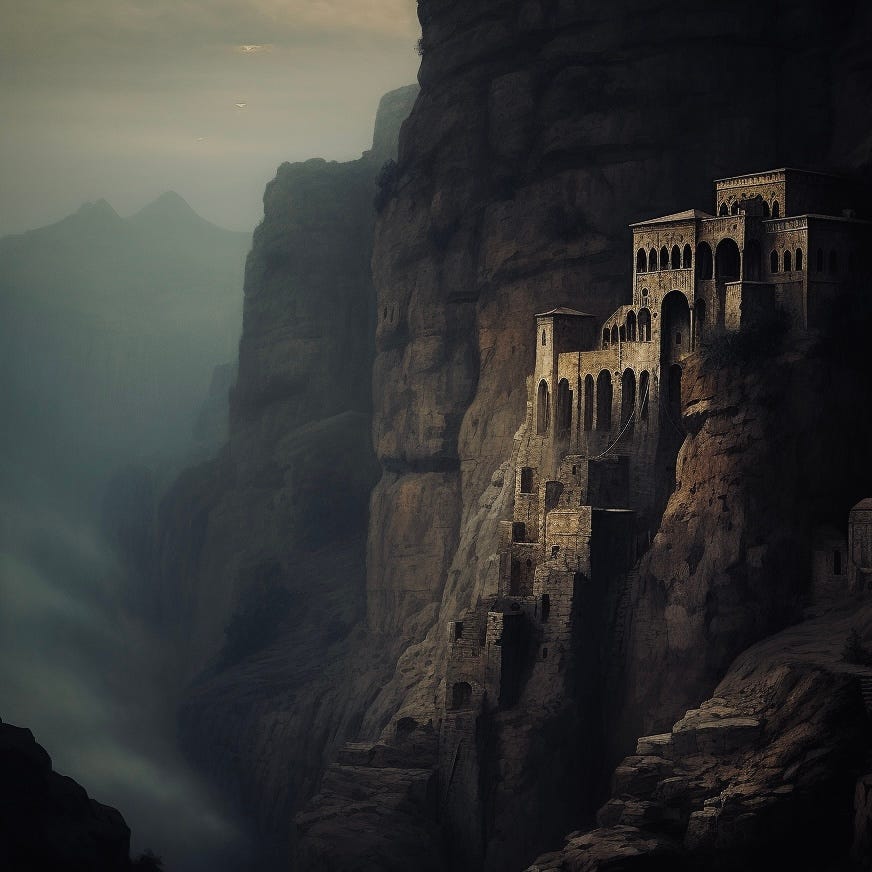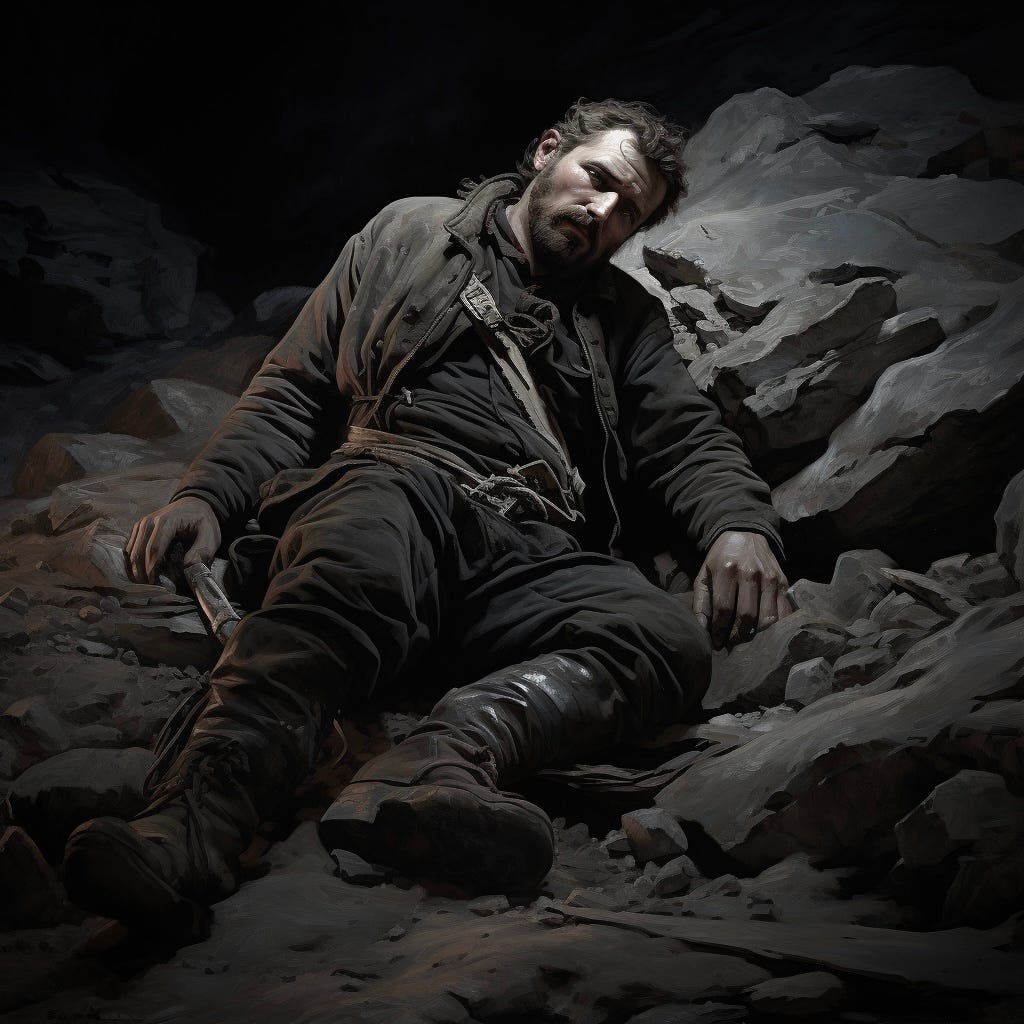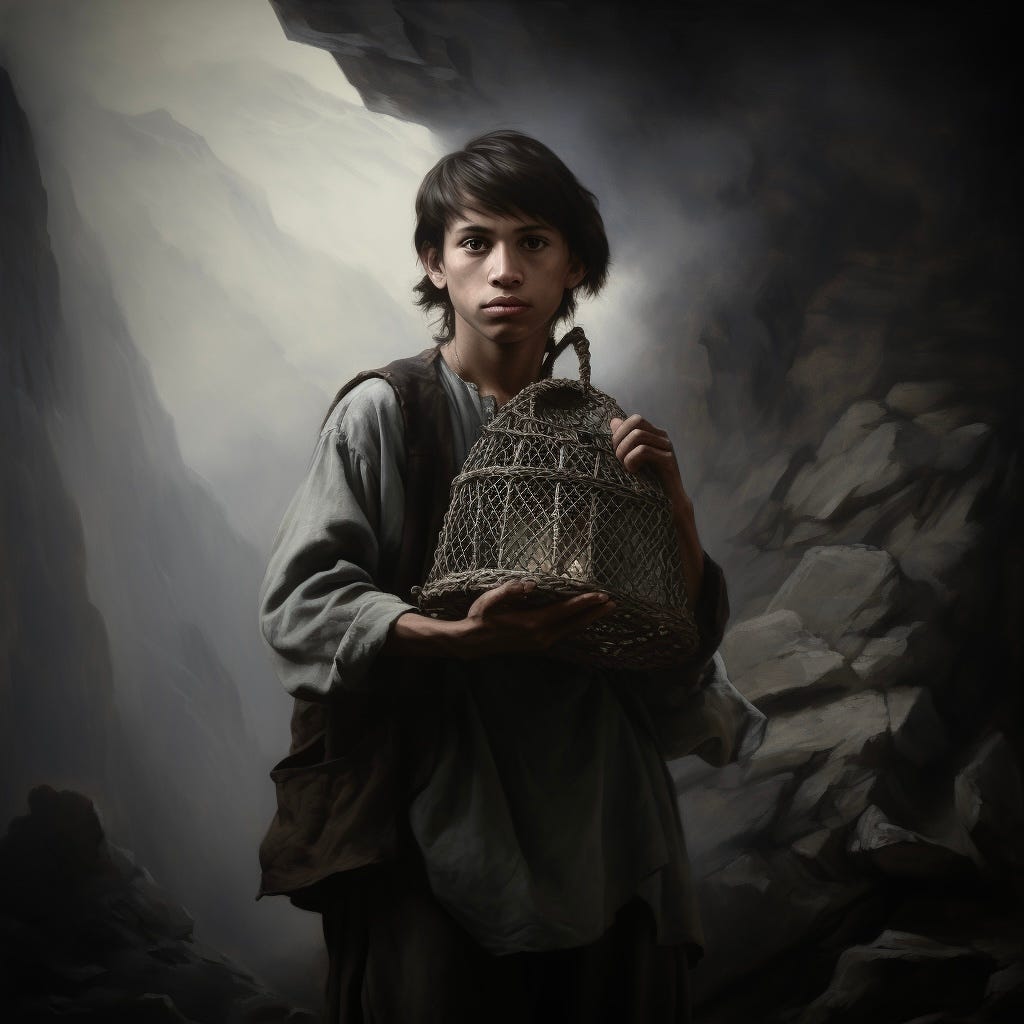The Monastery at Ararat
In the late spring of 1838, the Viceroy of the Caucasus ordered a surveyor from Kiev named Nikolai to explore and map out a network of gorges located at the base of Mount Ararat in the oblast of Armenia, an area reputed to be near where the ark of righteous Noah alighted when the great flood’s waters receded.
Nikolai, who was fluent in both Armenian and Turkish, traveled southwest into the Caucasus from the city of Tiflis. Although he traveled alone, he encountered no hostility among the locals, who dared not impede the progress of a man who carried a letter of commission (in four languages) bearing the imperial seal of the Tsar.
Being all too familiar with the fantastic legends of Little Russia (replete with their witches, water nymphs, and gnome kings), Nikolai paid scant regard to the folktales recounted to him by the superstitious men and women he met in the cottages and occasional Turkish hans along the way. But he faithfully recorded these stories (along with unflattering descriptions of their narrators) in a journal, which he stored in the same satchel that he carried his drafting tools, compass and theodolite in.
One of the tales that he found strange concerned a race of vampires indigenous to the Caucasus, whom the Armenian mountain folk referred to as the Dakhanavar. These creatures were said to resent people like Nikolai, who presumed to “lock” their gorges in maps, since fixing the winding paths they followed on paper, parchment, wood, or stone, would mean that the Dakhanavar would no longer be able to alter their courses.
One morning Nikolai departed from a small hamlet in the foothills of Ararat where he had taken up residence for nearly a week. He followed a well-trodden path into a valley lined with screes, but discovered an out-of-the-way defile that he had not noticed before that extended some 10 versts into the mountain’s flank.
Once he stood inside of it, he was obliged to light a candle for his lantern, since the sky above was obscured by a blanketing mist that the sun’s beams could scarcely penetrate.
He hiked for nearly an hour before entering a zone where the cliffs stood far apart and the space between them was ample. Scattered among the boulders were scores of small wooden bird cages, all of them empty, along with traps set by fowlers. This led him to conclude that the gorge was not an unfrequented place. Yet he saw no vegetation or water. And when he paused to listen, he could hear no birds—nor any sound for that matter, other than his boots crunching on the pebbled floor.
After exploring the gorge for several hours, and making preliminary sketches of its layout, he arrived at the end and was shocked by what he found. Several buildings had been carved out of the living rock. Many had collapsed from earthquakes or the ravages of time. Some had inscriptions on the lintels, written in an alphabet that Nikolai did not recognize, although the letters resembled Phoenician or Hebrew.
He wondered if he was gazing on the ruins of a city established by the sons of Japheth; and he contemplated the fame that might accrue to him were he to publish his discovery in a Petersburg journal. The remains of a staircase rose through the rubble. Nikolai followed it up. But the steps led to a dead end where the gorge’s upper walls leaned in, making them unscalable.
He decided to return to the hamlet in the foothills to ponder how he should proceed. So he retraced his steps (which led past the cages and traps); but, to his horror, he found himself confronting a cliff where the outlet into the valley had been hours before. The footprints he had made when he entered receded under the wrinkled wall.
Not only had he depleted his supply of water, but he had no food on him—and only a few candles left for his lantern. He cried out for help, but there was no answer. He returned to the ruins and went through each and every building, searching for a cave, a well, anything that might lead out. But to no avail. For as long as his legs would sustain him, he investigated the gorge’s depressions and clefts, looking for food, but found only moss and a few insects to eat. But he feared he would perish of thirst before he starved.
He realized that his only hope of being found would be to remain close to the area where the birdcages and fowlers’ traps were located, since the people who left these things might return to reclaim them. So he stretched out and fell asleep against an inclined boulder close to one of the bird traps.
He dreamed an adder bit his right ankle. And when he woke, he felt the lancing pain of a double pin-prick where he imagined the fangs to have pierced his skin. But his leather boots were still laced up over his trousers; and he saw no serpent among the rocks, so he reasoned to himself that it must have been a spider bite.
He sat up and noticed that the lowering mist he had presumed to be a permanent feature of the gorge had either dissipated or been scattered by the wind. A full moon shone above him in the starlit sky.
Then he heard a wooden semantron clacking, summoning the faithful to prayer; and when he lifted his eyes, he perceived a monastery beetling over the brow of the cliff opposite where he lay. In a feeble voice he called out for help. The walls of the gorge amplified and replicated the sound. Torchlight appeared along the monastery’s belvedere.
And suddenly a boy approached from the direction of the ruined city, holding a birdcage with a sparrow in it.
The monks called down in Armenian and commanded the boy to guide the man to a cage that was being lowered via a chain attached to a windlass housed in a projecting tower. The boy seemed to resent being told what to do. He refused to set the birdcage down. “You’ll have to find the strength to rise and walk on your own.”
Sensing that his salvation was close at hand, Nikolai heaved himself up and stood uncertainly on his own two feet. The pain in his right ankle was excruciating. He followed the boy to an indentation in the cliff, where they waited for the cage to settle on the stony ground.
Once inside, Nikolai’s legs failed him. The boy handed him the birdcage and said in an angry voice, “Give this sparrow to the brethren. They believe that the abbot must consume a bird on the first full moon of each month, or else the monastery will topple from its perch.”
Nikolai did not understand what the boy meant, but he nodded nevertheless. The door of the cage was shut and latched. The boy called up and said to the shadowy figures standing on the belvedere, “My work is done!”
The slack chain went taut as the cage groaned and creaked in its ascent. When it was high off the ground, Nikolai leaned his cheek against a bar and contemplated the scene below. But his blood ran cold at the prospect beneath him.
He saw himself stretched out on the inclined boulder where he had fallen asleep. His right boot had been removed, and a cadaverous black-cowled figure was drinking his blood from his right ankle.
The boy stood apart, rummaging through Nikolai’s satchel, shattering his scientific instruments and tearing up the notes and maps that he had made. Then both figures gazed up at the man in the cage before lowering their eyes to the shriveled gray carcass that had been the surveyor from Kiev.
This must be my dying dream, Nikolai thought.
The cage stopped in midair and rocked back and forth on its chain. The sparrow inside the birdcage in his lap had been reduced to feathers and bones. Nikolai opened his mouth to scream, but the only sound to issue from his lips was the panicked chirping of a bird.








So well done! The historical and mythological detail bring so much dimension to the ominous atmosphere. This is a fascinating corner of the vampire lore world I was totally unaware of. Thanks for this wonderful, unsettling peek into it.
Very cool. This would make a cool novel. Any plans to expand it?